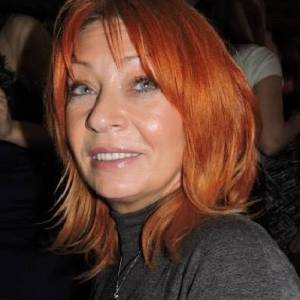Storytelling, walks, and poetry
https://youtu.be/WbNvooKKJJY
Memories and Future Imaginings of Denny District
“The past and future become dimensions of the present”
(Stambaugh, 1972. p 126)
The regeneration project of Denny Town Centre brings with it a myriad of community projects: Some long standing, and some newly emerging. Aside of the physicality of the proposed new buildings, the regeneration project has allowed a space for, and encouraged dialogue among the local community. Maurice Halbwachs (1992), and Paul Connerton (1989)[1] theories of shared memories are quite evident within the conversations that the regeneration project has encouraged. It could be argued that the Denny Regeneration Project has acted as a catalyst for the revived interest in collective memories, and of local peoples’ histories - and through this dialogue of memories, new community projects have emerged, and long standing groups re-vitalised.
It is this temporal frame of past-present-future that this short art project focused on.
“It is our ability to reinvent ourselves from moment to moment and yet still recognize ourselves as ourselves that we are able to exist in time”
(Batzli, n.d.)
Through walking interviews and poetry workshops, the project documented local peoples’ hopes, concerns, interests and differences, and captured how memories of the past can unite and help communities bring the future into an energised present.
Capturing this temporal process through video, photography, audio, poetry and walking, this project had the ability to converse and engage with local members on their terms, and with their shared understandings of the town, its histories and its people. The work contains their words, their language, their lived-ness: Their memories, their everydayness, and their future hopes. But the project was also about capturing the re-energised community togetherness, collective projects, and future visions of local people by remembering the past - and in doing so, the past and future become dimensions of the present.
The project culminated in a book of stories, images and poetry, and a short video of extracts from the walking interviews and poetry workshops (https://youtu.be/WbNvooKKJJY).
Thanks go to Ice Cream Architecture/Denny Charrette http://icecreamarchitecture.com/denny-charrette/ for collaborating with us on this project, and for their knowledge and expertise in community engagement & development.
Images & Film © Maggie Laidlaw & Samantha Green
References
Batzli, K. (n.d.). The Moment in Nietzsche’s Thus Spoke Zarathustra. Pharmakon Journal of Philosophy, (2), 26–29. Retrieved from https://www.american.edu/cas/philrel/pdf/upload/Pharmakon-20-202nd-20Issue.pdf
Connerton, P. (1989). How Societies Remember. New York. New York: Cambridge University.
Halbwachs, M. (1992). On Collective Memory. (L. Coser, Trans., L. Coser, Ed.). Chicago: University of Chicago Press.
Stambaugh, J. (1972). Nietzsche’s Thought of Eternal Return. John Hopkins University Press.
[1] “It is in society that people normally acquire their memories. It is also in society that they recall, recognize, and localize their memories” (Halbwachs, 1992.p38).
Paul Connerton (1989) states that Cultural memory is the product of personal and collective experiences that acts as a transfer of identities through the recalling of shared pasts on the basis of a common. He adds that accounts of individual memory that are embodied and located suggest that cultural memory is most powerfully communicated through individual voice and body (Connerton, 1989)
- 0
- 0

Comments
Sign in or get an account to comment.


